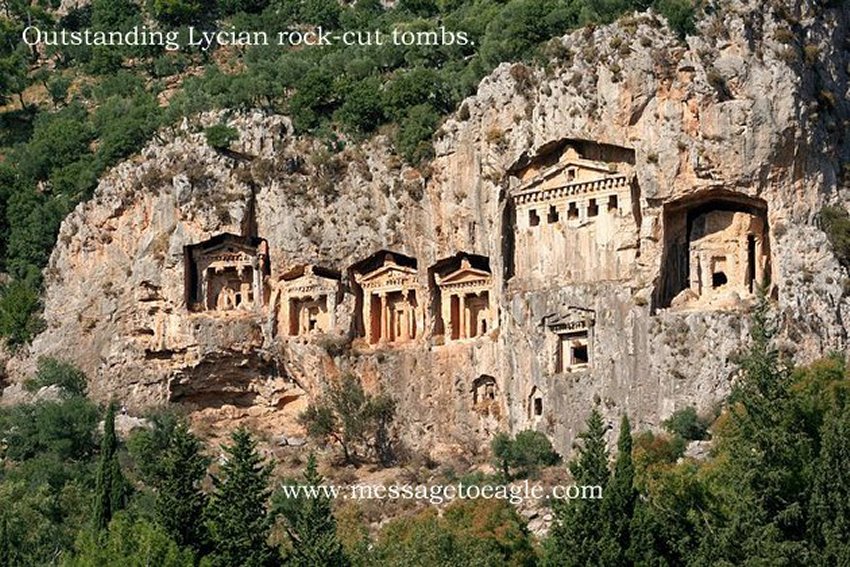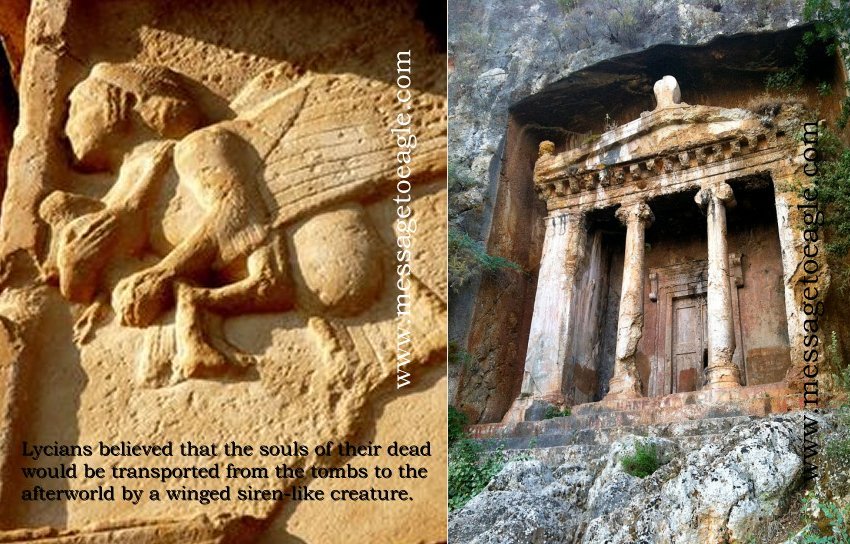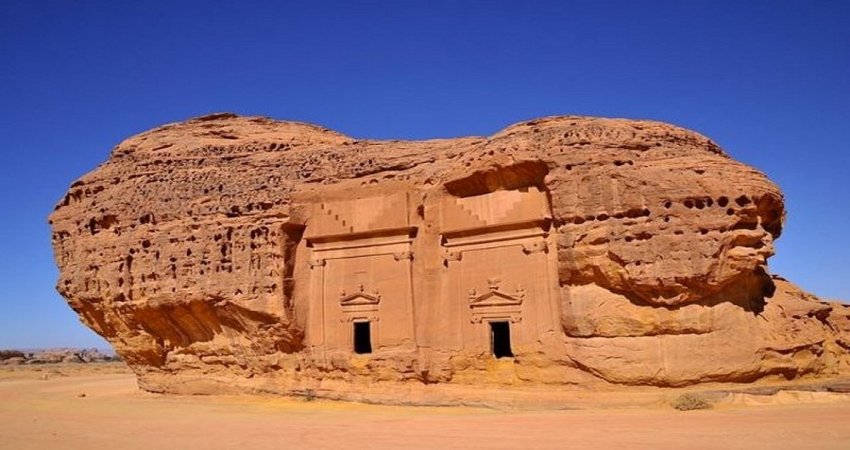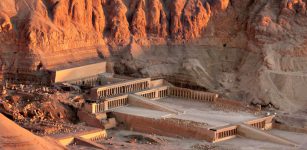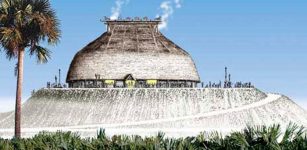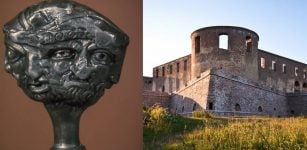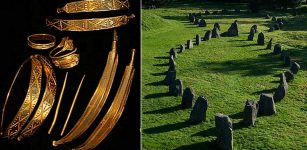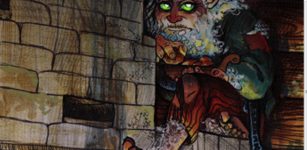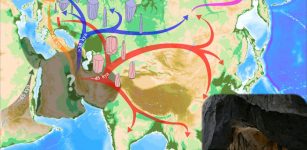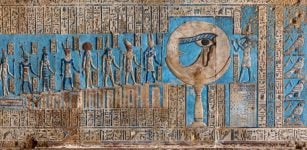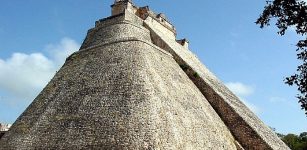Magnificent Ancient Rock-Cut Lycian Tombs Of Myra, Antalya, Turkey
MessageToEagle.com – We have seen on several occasions that our ancestors mastered sophisticated rock-cut architecture creating dwellings, tombs and temples that are truly a wonder of all time.
Ancient monuments of rock-cut architecture are widespread in several regions of world.
The rock-cut tombs of Lycia are a perfect example of ancient peoples’ ingenuity leaving behind outstanding tombs that we can still admire today.
Excavation works began in Myra, an ancient metropolis of the Lycian Union, and the Andriake Port situated in Demre, Antalya, Turkey.
They are part of the most important ancient sites of the Lycian Union.
‘The team, consisting of nine scientists, including colleagues from France, 26 archaeology students and four workers, will continue their excavations in the Calidarium (hot room) section of the ancient Roman bath, which dates back to the 2nd century,’ Hurriyet Daily News reported a few days ago.
In the ancient town of Myra in the Lycia region of Anatolia, modern day Turkey there are several spectacular ruins.
Among them we find the magnificent rock-cut tombs of the ancient Lycian necropolis. Two burial sites, the river necropolis and ocean necropolis, with frontages resembling classical temples, have been hewn from the cliffs towering above the town.
The ancient city of Myra served as the central city of the Lycian Union. Many structures were built and renovated in the city with the help of wealthy Lycians.
During the Byzantine era, it was one of the leading cities in terms of religion and administration. Earthquakes and floods led to that Myra began losing its importance in the 7th century and became a village in the 12th century.
The embossed and plain rock tombs are located on both sides of the Roman Theater.
Most of the tombs appear like large houses from a distance, while some are in the shape of a temple.
The tombs show the Lycians’ use of wooden house architecture.
Inside the tombs are human figures, depicting the deceased and their relatives.
There are two different types of rock tombs. One of them represents a simple chamber cut into the rock face like a room and the others are far more elaborate temple- like rock tomb carvings.
The rock tombs are the final resting places for the ancient kings of Kaunos and were carved into the limestone rock.
The Lycians believed that the souls of their dead would be transported from the tombs to the afterworld by a winged siren-like creature. This belief was the reason why they placed their tombs along the coast or at the top of cliffs when they were not integrated into the populated areas of the cities.
“We can see the examples of every kind of tradition of burying the dead in Anatolia,” said Pamukkale University Arts and History Department member Murat Dağdelen He also added that rock tombs had become common in 1000 A.D.
Rock-cut tombs often held more than one body. Many tombs have several stone couches inside upon which gifts were left and the dead were laid, often families.
The entrance was sealed with a sliding stone door that ran sideways along a groove. Elaborate relief carving can bee seen on tombs of wealthy Lycians. Sometimes the carving depicts specific features of the deceased and the main events of the period.
See also:
- Mysterious Lost Kingdom Of Urartu And Its Enigmatic History
- Kingdom Of The Hittites Kültepe Reveals Remarkable Clay Tablets, Ruins And Artifacts
- Lothal – ‘City of Dead’ – One Of The Most Prominent Ancient Places In Danger To Be Forgotten
“Rock tombs exist in 47 different areas in Turkey. They were popularized by the Urartians and they now serve as sites for tourism. Particularly foreign tourists show great interest in rock tombs. They also contribute to the country’s economy,” said Dağdelen.
Still, we should not forget that rock-cut tombs are by no means not exclusive to Lycia. These marvelous tombs have been found in other places in the Mediterranean, in the Palestinian and Nabatean area, Cyrenaica, eastern Anatolian Urartu, in the Kurdish border area between Iran and Iraq, in the surroundings of Persian Persepolis, in Saudi Arabian Hegra and in Egyptian Beni Hassan.
These places all have one thing in common: geography, for this type of tomb normally occurs in landscapes with deep ravines and steep cliffs.
Copyright © MessageToEagle.com. All rights reserved. This material may not be published, broadcast, rewritten or redistributed in whole or part without the express written permission of MessageToEagle.com


